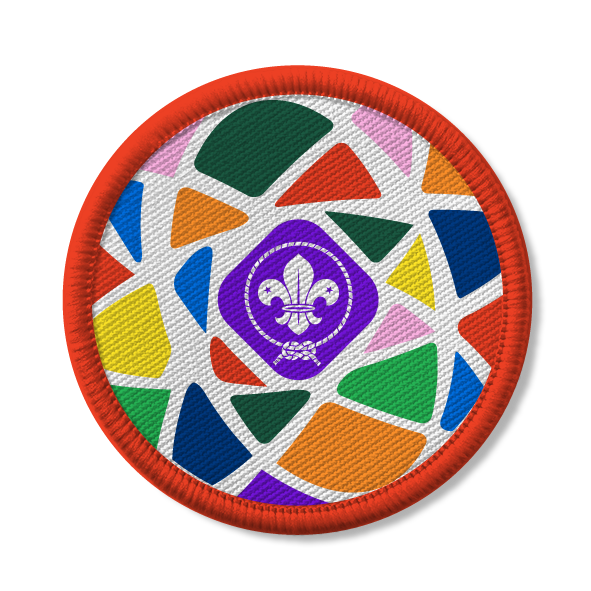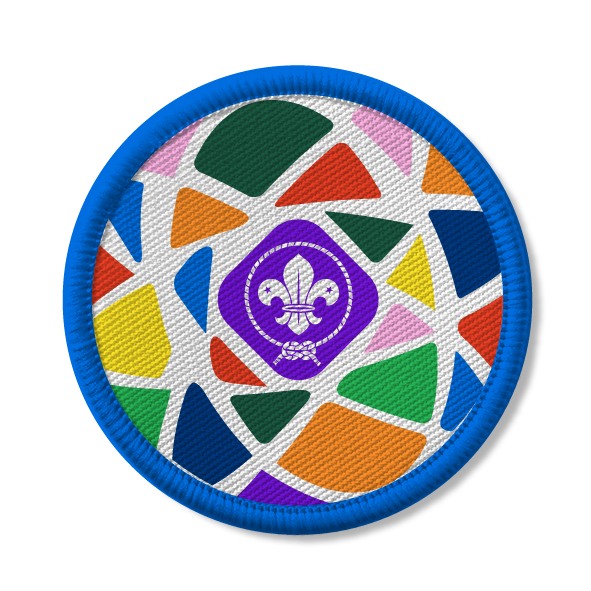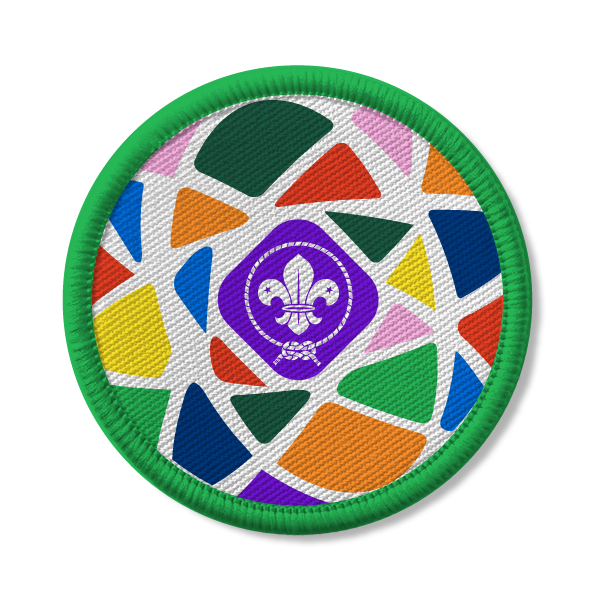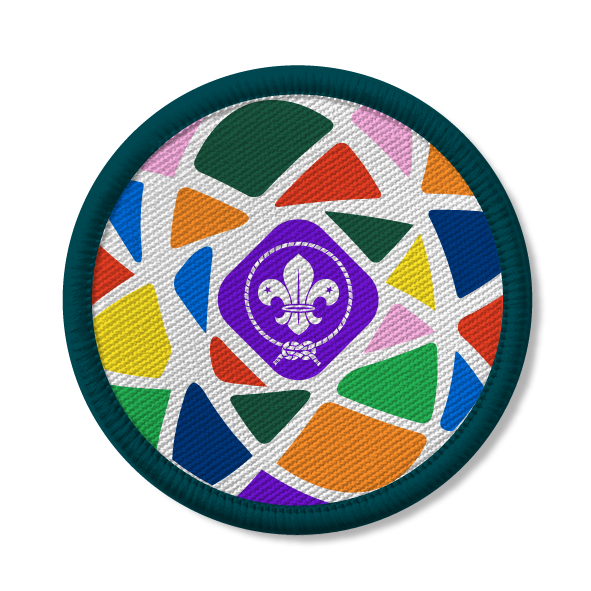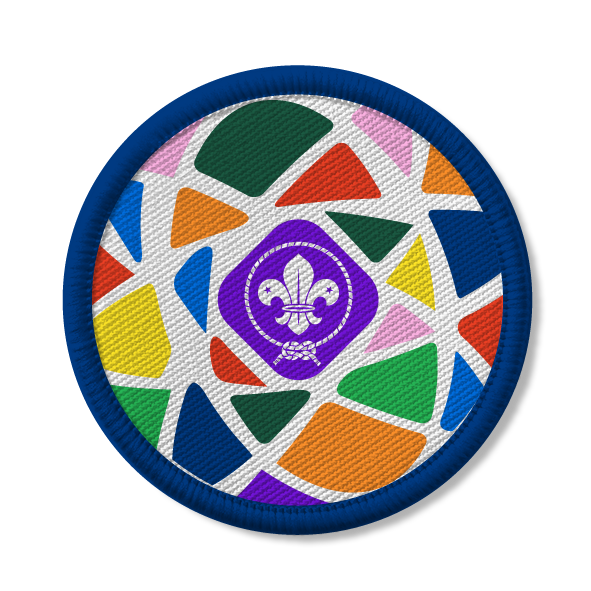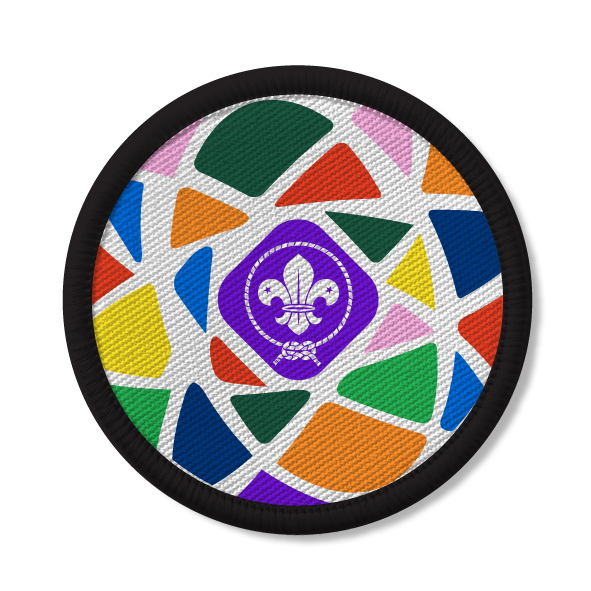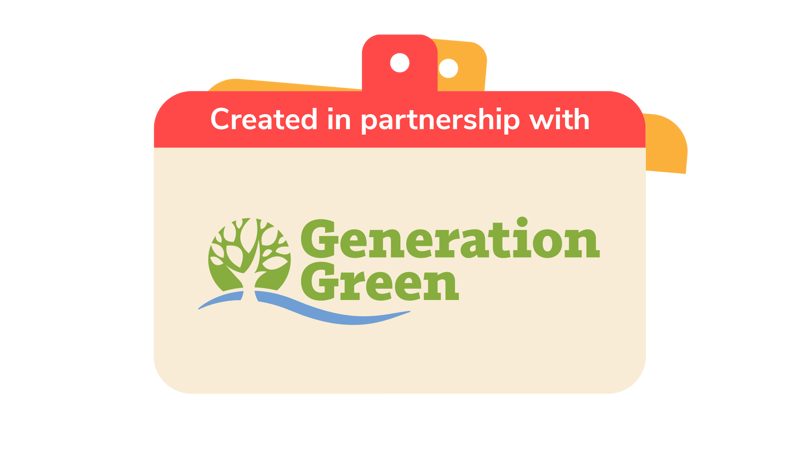
Share to inspire
You’ll need
- Access to a computer
- Camera or phone
- A4 paper
- Pens or pencils
Before you begin:
- Use the safety checklist to help you plan and risk assess your activity. Additional help to carry out your risk assessment, including examples can be found here. Don’t forget to make sure all young people and adults involved in the activity know how to take part safely.
- Make sure you’ll have enough helpers for each team to have one. You may need some parents and carers to help out if you’re short on helpers.
Getting started
- Everyone should chat about how they took action. They should also talk about what they’ve learned about an issue, how they planned their action, and what they did to reflect on what they’ve learned.
- Everyone should think about different ways people share messages. How do they find out about things like new music, or new films? How do companies advertise things, and charities raise awareness? How does everyone learn things?
- Everyone should share their ideas – the person leading the game can decide whether they’ll go around the circle, or choose people with their hands up. Someone should volunteer to write down each idea, to make a big list of ways to share messages.
- Everyone should talk about the ideas, and see if they can group them into categories.
-
- Printed information: Posters, infographics, leaflets or displays.
- Photo and video: Videos, slideshows, photos or adverts.
- Performing arts: Songs, shows, plays or games.
- Online information: Online news reports, blogs or vlogs.
- Events: talks at schools and other Scout groups or setting up stalls in local areas.
- Campaigns: Social media, petitions or letters to MPs.
- Someone should write each category in the middle of a piece of paper. They should spread these out around the meeting place.
- Split into groups. Give each group one of the categories, and a pen.
- In their new category groups, everyone should think about what they could do in their category, why they might choose it, whether it’s realistic, and how they’d go about it. They should jot their ideas down on the piece of paper they stood by. We've included some questions below:
-
- What kinds of activities fit into this category?
- How does this category help you to tell the world?
- How would you be able to do the activities in this category? Would you need any special equipment or resources? Would they be difficult to get?
- Who’s your target audience – who are you trying to tell?
- How can you involve the wider community, and tell lots of people beyond who you’re trying to reach?
- Where would you do or show the activities in this category? Does this category and activity fit well with your issue?
- Could you combine activities in your category? Could you combine your category with another category?
- What could you ask your audience do to help the issue?
- Each group should present their ideas to everyone else. What different things does their category contain? Why is it a good way to tell the world about what they’ve done?
- Each group should put their pieces of paper in the middle of the room. They should now vote on their favourite three ideas – the ways they’d like to tell the world.
- The person leading the activity should count up all of the votes, and let everyone know which category has won.
- Everyone should talk about how they’ll do the winning option together, as a whole group. People can also do other things on their own, if they want to.
- Everyone should follow their plan, and use the winning option to tell the world about their community impact.
Reflection
This activity was a great chance to help you community. Why is it important to be help your community understand important issues? How were you active when you were sharing your message? How does telling the world about the issue and what you’ve done make things better for people? Did you encourage and support people in your community, as well as people further away? How would the world be a better place if everyone you told did something to help?
This activity was also a chance to be a great leader. Did anyone take the lead when you were discussing the different categories? Did you choose a leader, or did they emerge naturally? Do you think it’s helpful to have a leader when talking in a group? What makes a good leader? Did you make sure everyone got a chance to have their say? Did anyone take the lead when you were telling the world? Did you need people to help each other get things done?
Safety
All activities must be safely managed. You must complete a thorough risk assessment and take appropriate steps to reduce risk. Use the safety checklist to help you plan and risk assess your activity. Always get approval for the activity, and have suitable supervision and an InTouch process.
- Online safety
Supervise young people when they’re online and give them advice about staying safe. Take a look at our online safety or bullying guidance. The NSPCC offers more advice and guidance, too. If you want to know more about specific social networks and games, Childnet has information and safety tips for apps. You can also report anything that’s worried you online to the Child Exploitation and Online Protection Command. As always, if you’ve got concerns about a young person’s welfare, including their online experiences, follow the Yellow Card to make a report.
- If people are likely to be overwhelmed by choice (or unlikely to be realistic with their decisions), you could choose four or five ideas in advance for people to discuss and vote on.
- You could allocate a team leader for each category – their job is to make sure everyone works as a team and gets a chance to share their opinion.
- Young people can decide how much they want to challenge themselves – they can choose skills they’re familiar with, or ones they want to learn and improve.
- You could also split into groups, and let each group choose how they want to tell the world.
- Young people can be responsible for making and following their plan to tell the world.
Everyone should be able to choose a way to tell the world that works for them. If anyone has any additional needs, make sure people think about how their choices include everyone in the group.
All Scout activities should be inclusive and accessible.
Depending on which ideas everyone chooses, you could combine this activity with a number of other badges, including ones focusing on art, communication, photography or digital skills.

